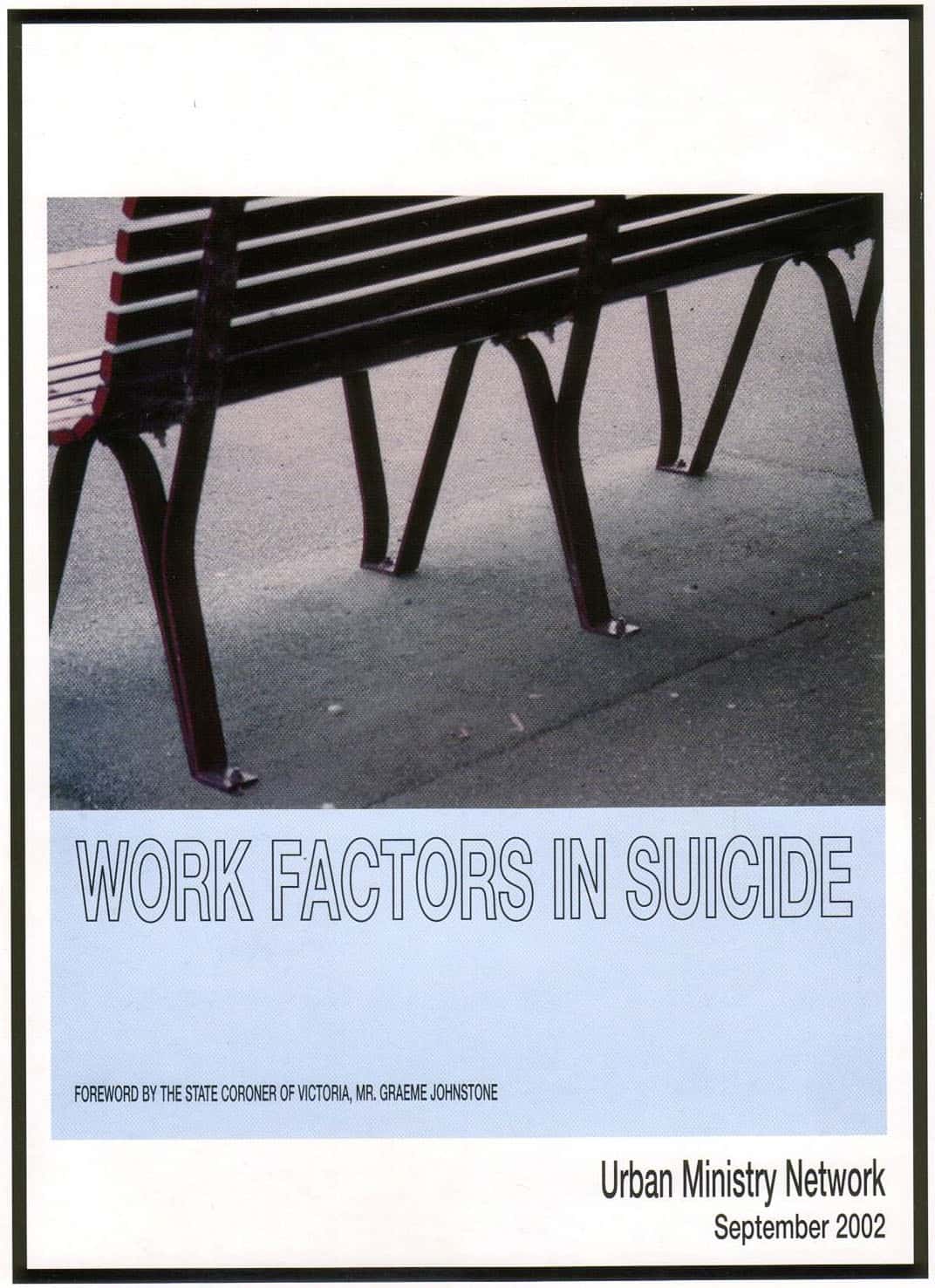October 2008 was the tenth anniversary of the explosion at Longford gas plant in Australia that resulted in many injuries, two fatalities and almost two weeks of severely interrupted gas supply to the State of Victoria.
The Longford explosion at an Exxon-Mobil site resulted in a Royal Commission, an OHS prosecution and a record fine. Recently it was often invoked in comparison to the Varanus Island pipeline explosion in Western Australia.
Professor Andrew Hopkins, sociologist with the Australian National University, was studying safety management systems well before the Esso Longford explosion but it was that major disaster that added international prominence, and a substantial extra workload, to Andrew. Other than domestic acclaim, in July 2008, the European Process Safety Centre declared Andrew winner of the EPSC Award for 2008. He is the first person outside of Europe to win this award. It is believed that Andrew was formally presented with the award at the EPSC conference earlier this month.
Andrew has a refreshing perspective on safety management systems, partly because he has brought a sociologist’s eye to management decisions; his vision is not clouded by the OHS baggage through which many other analysts struggle.
Andrew’s next book due out this month through CCH Australia is Failure to Learn The BP Texas City refinery disaster and could have him travelling frequently the United States to offer his wisdom.
SafetyAtWorkBlog is working on a new interview with Andrew when he returns to Australia but in the meantime, a 2000 interview with Andrew is available as a page on this blog. The interview was conducted at a book launch in September 2000 for Lessons From Longford.




